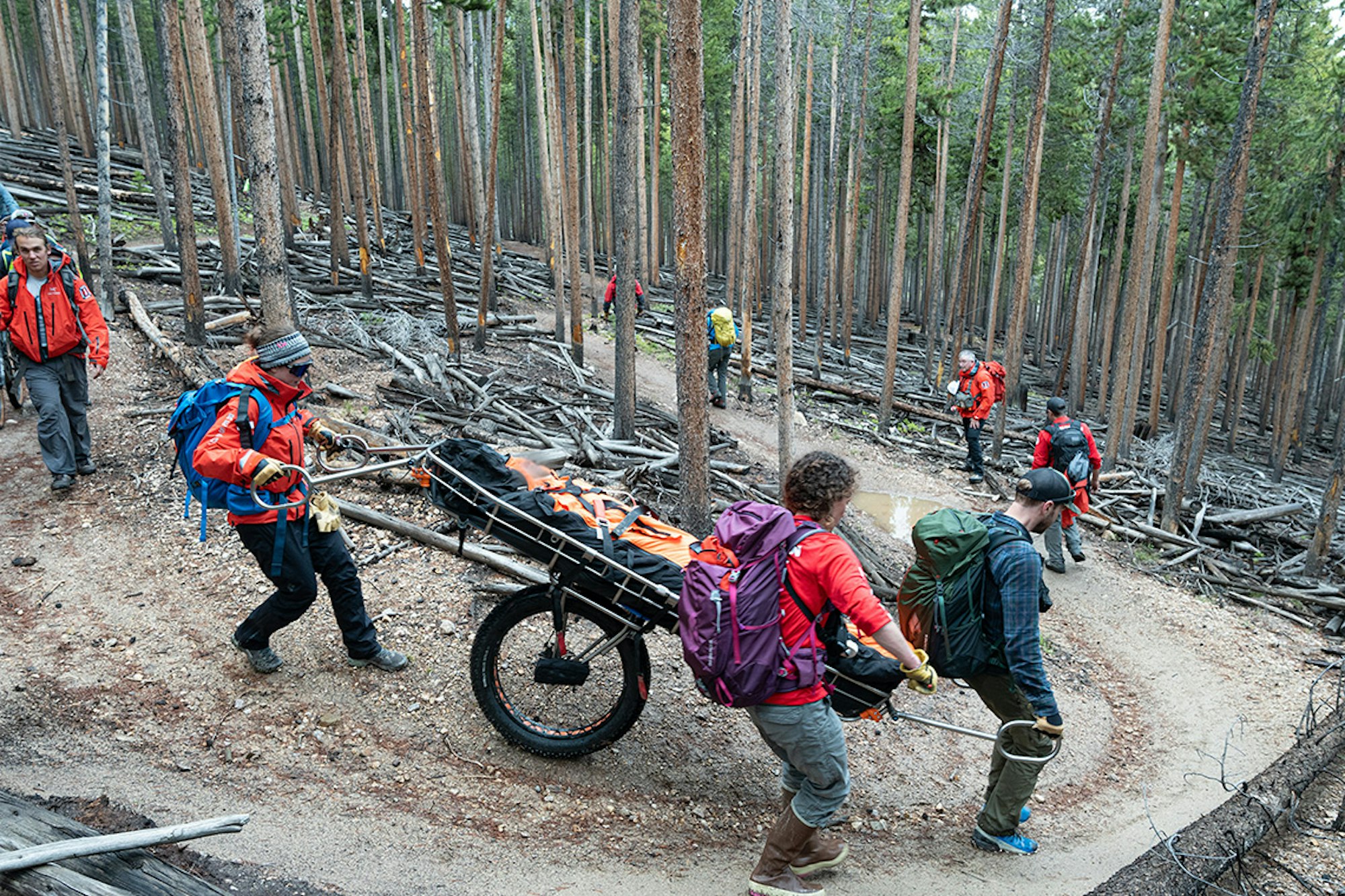Featured Image: Sage Miller Photography
When things go awry in the backcountry of Summit County, the Summit County Rescue Group (SCRG) gets the call. They ship out on rescue missions every day of the year with a team of dedicated volunteers. Most of us skiers are familiar with their mission, but unsurprisingly, summers remain the busiest time of year for the organization. We sat down with SCRG Public Information Officer Anna DeBattiste to get a better look at the hard work of the nonprofit.
When the season changes and you go from rescuing backcountry skiers to hikers and mountain bikers, what’s that shift like for the team?
Mud seasons are always challenging, especially in the spring, because of the gradual transition from snow travel to other means of travel. We don’t always know what we’re going to find at the higher elevations, and therefore we don’t know with 100% certainty when to head out on foot, ATV or UTV vs. skis, snowshoes or snowmobiles. Sometimes we make one choice and then have to transition to something else in the middle of the response. Sometimes the snowpack is so challenging that just about any choice we make is less than ideal.
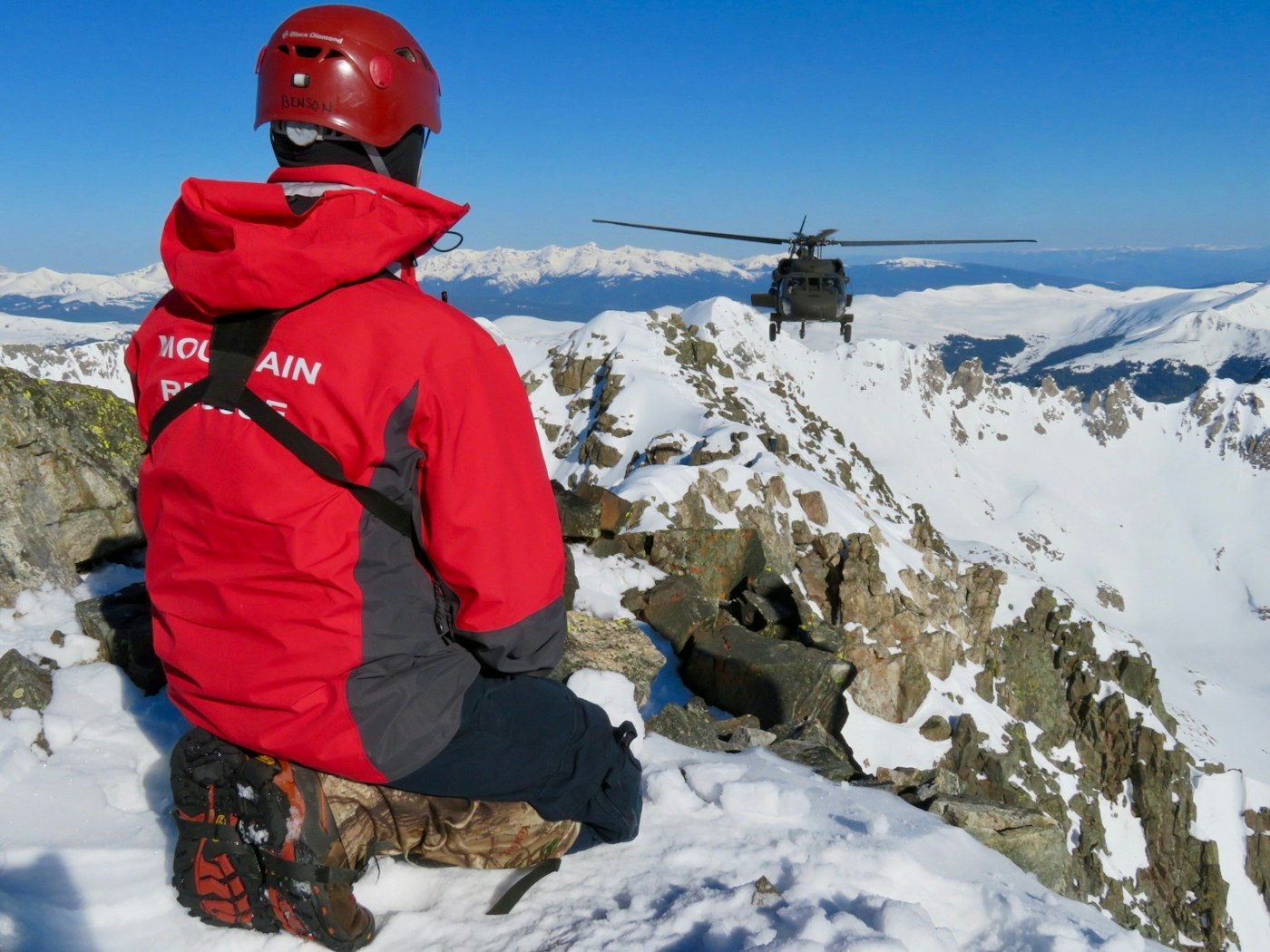
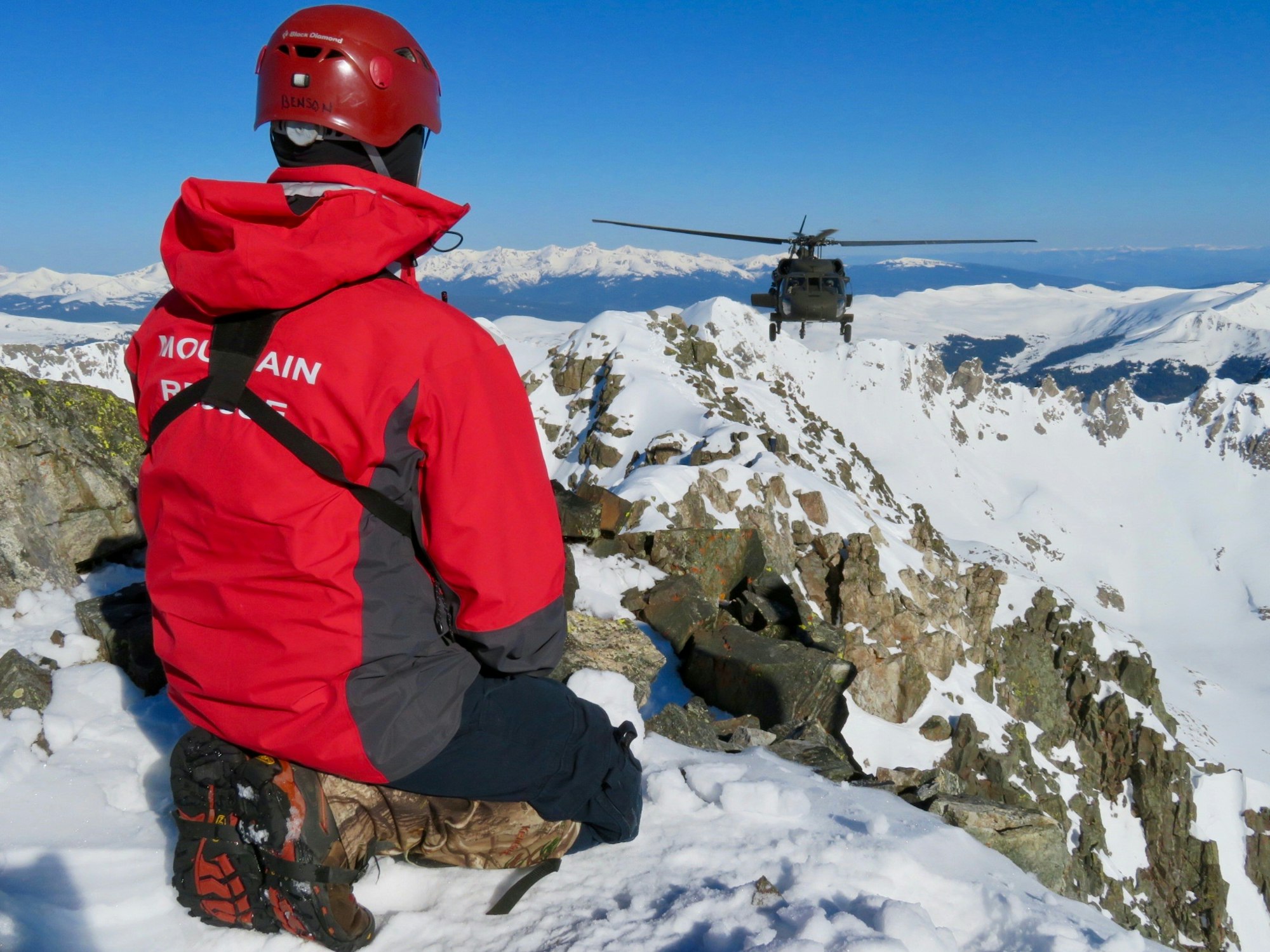
PHOTO: Courtesy SCRG
As an all-volunteer organization, SCRG relies on dedicated individuals to carry out its rescue operations. Tell us about the great people that volunteer for this organization.
There are as many reasons for volunteering as there are members. Some do it for a sense of purpose. Others for the camaraderie of belonging to a team. It can provide great exercise or be a place to take advantage of opportunities to develop backcountry skills or make friends in the county. There are also volunteers looking for a sense of adventure or the rewards of giving back to the community.
Our 71 members come from a wide range of professional backgrounds and experience levels, and they range from their early 20s to their late 70s. The one thing we have in common is a love of the backcountry and a desire to be out in it.
What kind of rescue missions have you seen this summer?
Summer has barely begun for us. There is still snow at high elevations. Typically, however, we see plenty of calls for injured hikers in July, August and September.
This past spring, we had an unusual run of calls for post-holing hikers, including some that had lost their shoes. We always have a few calls in the spring for stuck hikers who are post-holing, but this was excessive due to rapidly warming temperatures after a winter of heavy snowfall.
Since you have a mutual aid agreement, you’re able to assist outside of Summit County. How do you collaborate with other search and rescue organizations that border yours?
The Colorado Search and Rescue Association coordinates mutual aid requests between teams, and our assistance can be requested from any team in the state, not just our neighboring teams. We typically respond to anywhere from 3 to 10 mutual aid requests per year. We frequently work with Vail Mountain Rescue for calls on Vail Pass. We also collaborate with the Alpine Rescue Team for calls on Loveland Pass or on the Summit County side of Grays and Torreys.
If you could offer a piece of advice to summer outdoor enthusiasts, what would it be?
Our advice is to remember the three T’s:
Take the ten essentials (see graphic below)
Trip plan – leave details of your plan with a reliable person back home, including your intended route, where you’ll be parking and how long you expect to be out.
Training – make sure you have the physical conditioning and skills training for the adventure you’re planning.
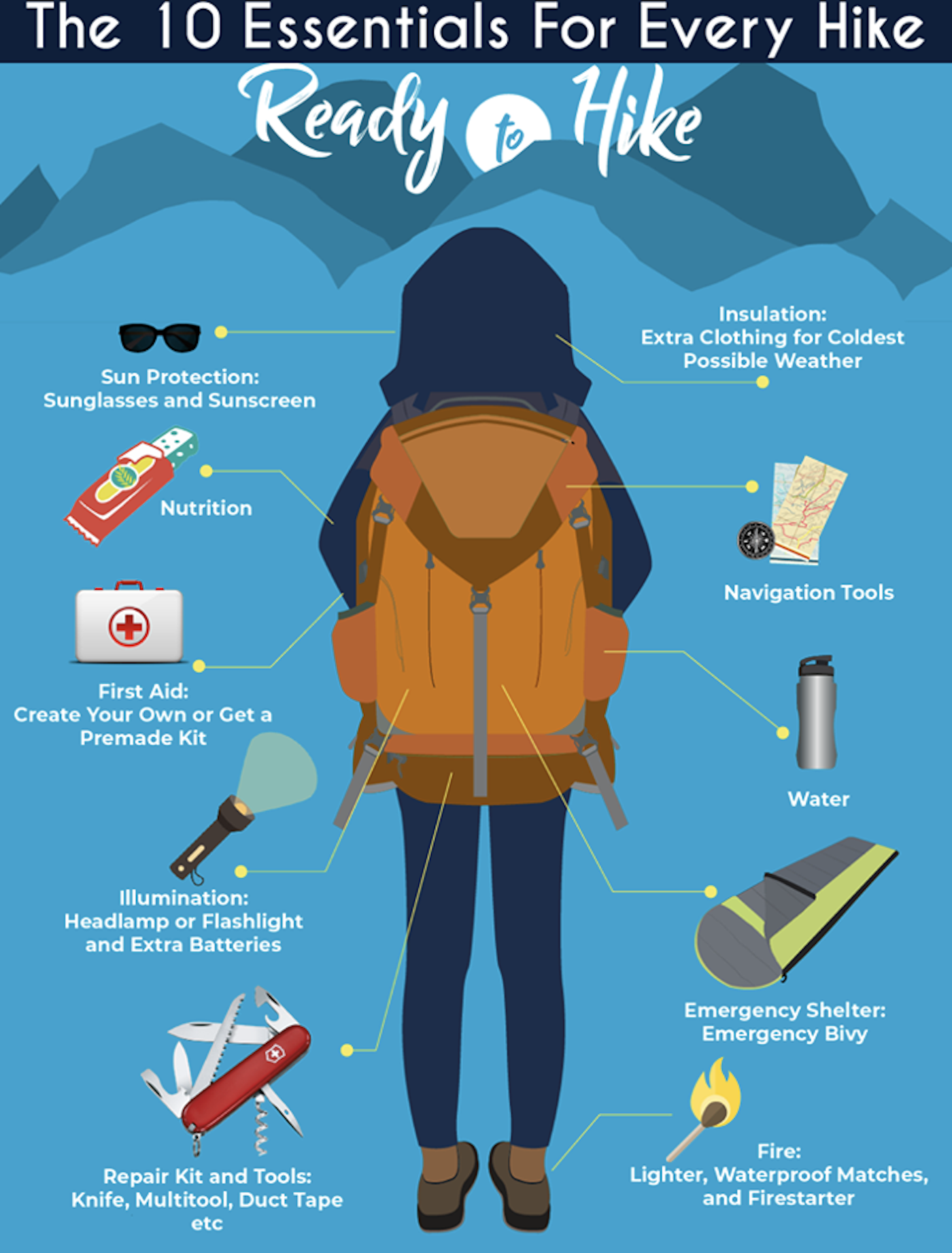
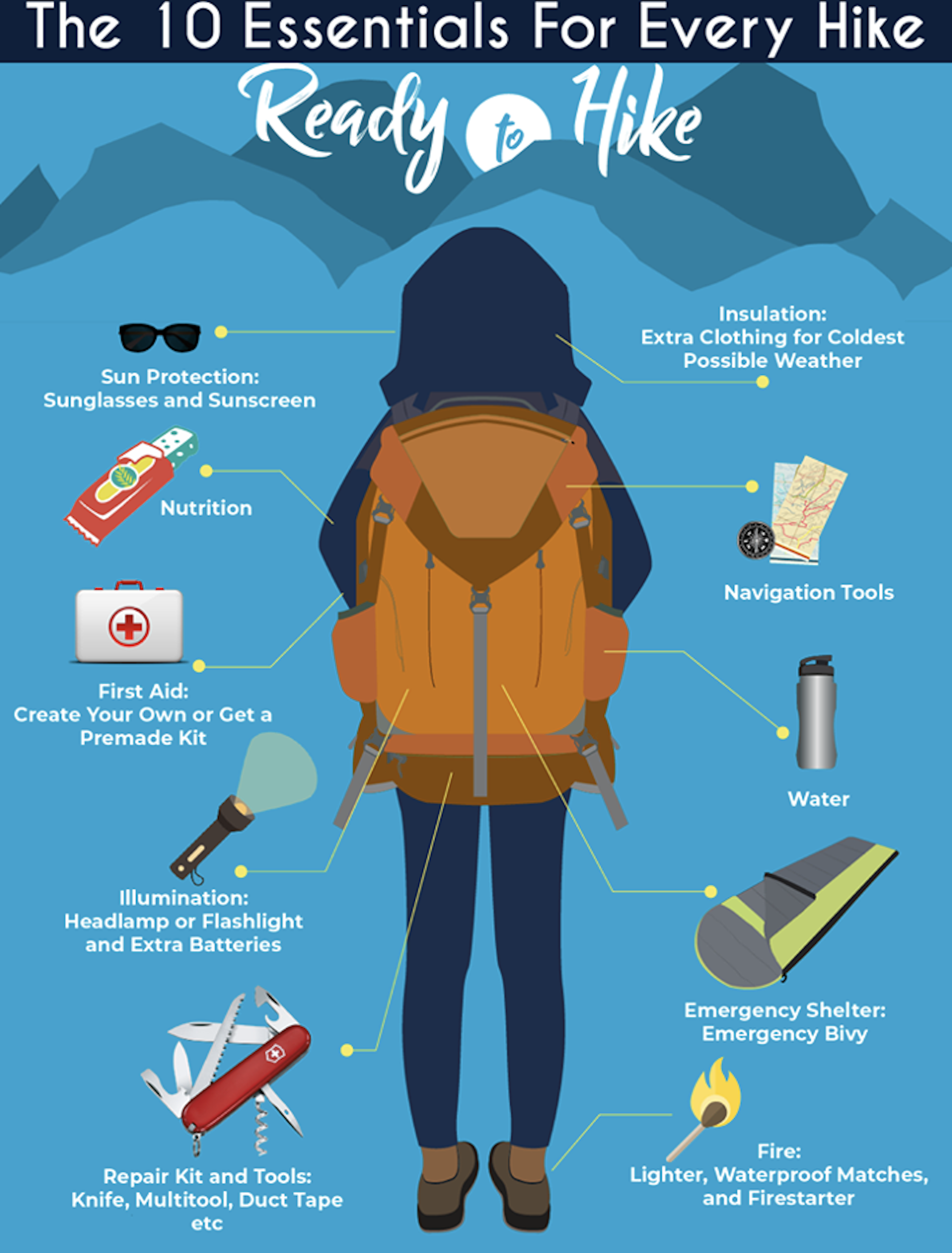
PHOTO: Courtesy SCRG
SCRG, along with most other backcountry search and rescue teams in Colorado, is an all-volunteer non-profit team and must fundraise for operations on top of volunteering its time for rescues. SCRG doesn’t charge for its services (no teams in Colorado do). They appreciate the support of the community. Learn more about the team and how to donate at www.scrg.org.

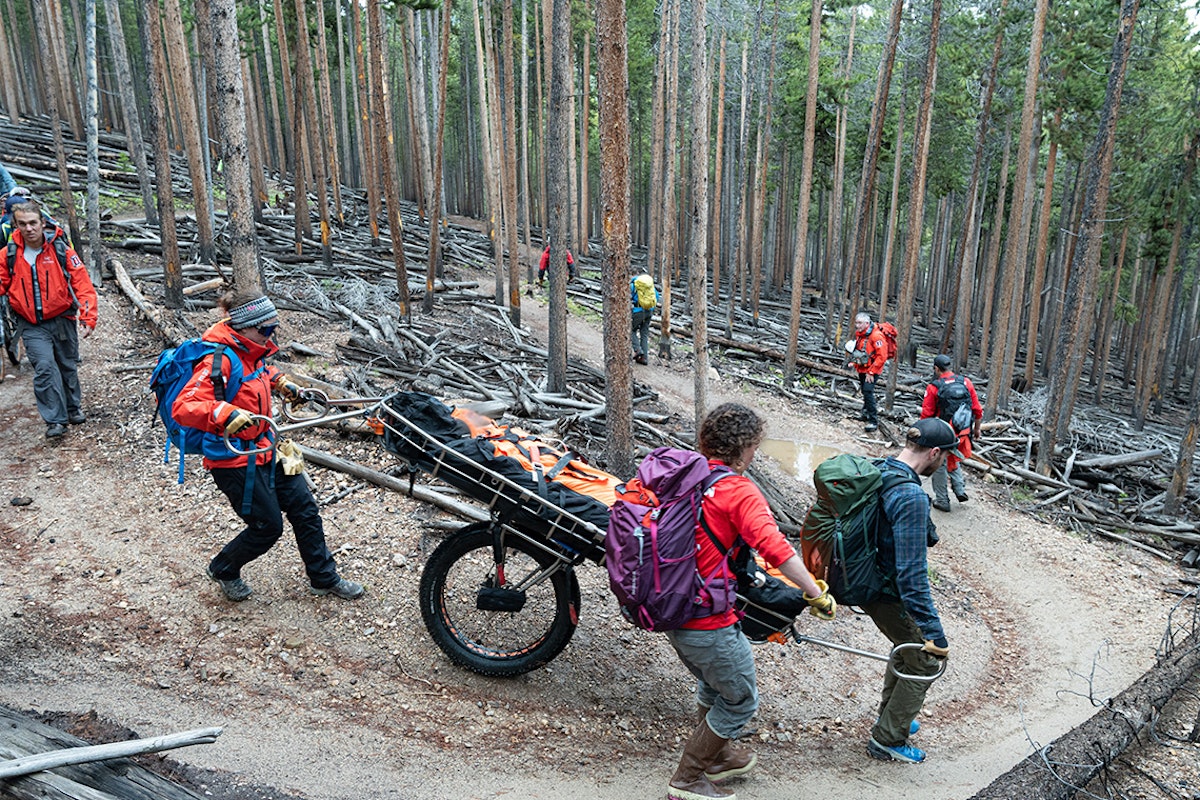

![[GIVEAWAY] Win a Head-to-Toe Ski Setup from IFSA](https://www.datocms-assets.com/163516/1765920344-ifsa.jpg?w=200&h=200&fit=crop)


![[GIVEAWAY] Win a Legendary Ski Trip with Icelantic's Road to the Rocks](https://www.datocms-assets.com/163516/1765233064-r2r26_freeskier_leaderboard1.jpg?auto=format&w=400&h=300&fit=crop&crop=faces,entropy)




![[GIVEAWAY] Win a Head-to-Toe Ski Setup from IFSA](https://www.datocms-assets.com/163516/1765920344-ifsa.jpg?auto=format&w=400&h=300&fit=crop&crop=faces,entropy)


